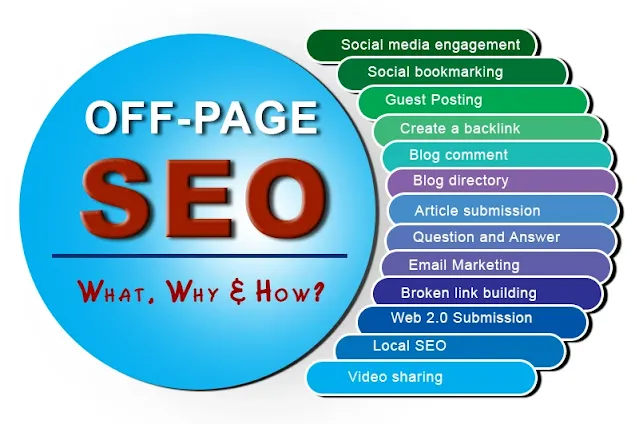Step-by-Step Guide to Blog Image Sizing
A Step-by-Step Guide to Blog Image Sizing for Optimal Website Performance
Blogging is a powerful tool for businesses and individuals looking to establish a strong online presence. One of the critical elements of a successful blog is the use of images. They can make your blog more engaging and visually appealing to your audience. However, as important as it is to have great images in your blog, it's equally important to ensure that those images are optimized for your website. This means that the images are appropriately sized to ensure fast loading times, which is essential for optimal website performance and user experience. In this post, we will go over a step-by-step guide to blog image sizing for optimal website performance.
Step 1: Determine the Right Image Dimensions
The first step in optimizing your images is to determine the right image dimensions. The ideal image size will depend on how you want the image to be displayed on your website. If you want the image to span the entire width of your blog post, you will need to size it accordingly. If you want the image to be a smaller thumbnail, you will need to size it accordingly as well.
Step 2: Resize the Image to the Appropriate Dimensions
Once you have determined the right image dimensions, the next step is to resize the image to the appropriate dimensions. There are several tools that you can use to resize your images, including Adobe Photoshop and Canva. If you don't have access to these tools, there are also several free online image resizing tools that you can use, such as PicResize.
Step 3: Compress the Image for Faster Loading Times
The next step in optimizing your images for your blog is to compress the image for faster loading times. Compressing an image involves reducing the file size of the image without sacrificing its quality. This is important because larger images can take longer to load, which can negatively impact the user experience. There are several tools that you can use to compress your images, including TinyPNG and CompressJPEG.
Step 4: Save the Image in the Right Format
The final step in optimizing your images for your blog is to save the image in the right format. There are several image formats that you can use, including JPEG, PNG, and GIF. The format you choose will depend on the type of image you are working with and the desired quality. For example, if you have a high-quality image with a lot of details, you may want to save it as a JPEG. If you have a simple image with a transparent background, you may want to save it as a PNG.
Step 5: Upload the Image to Your Website
The final step is to upload the image to your website. Make sure to use a secure file transfer protocol (SFTP) when uploading the image to your website. This will ensure that your website is secure and the image will load quickly.
Conclusion
In conclusion, optimizing your images for your blog is a critical step in ensuring optimal website performance and a great user experience. By following these four steps, you can ensure that your images are appropriately sized, compressed, and saved in the right format. By doing this, you can ensure that your blog images are optimized for fast loading times, which is essential for a successful blog.




